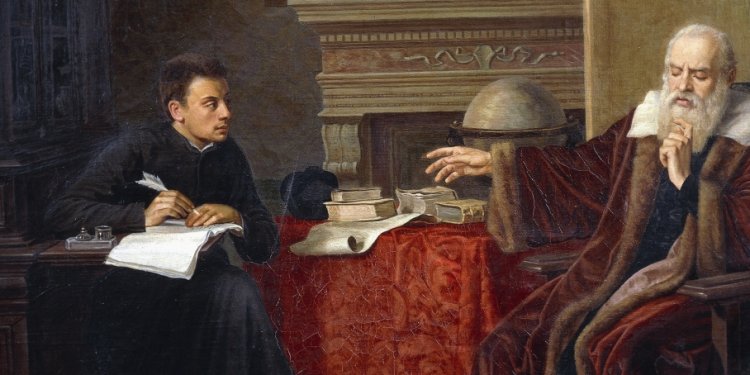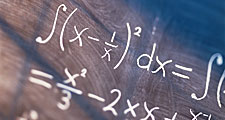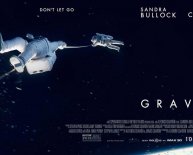
Galileo Galilei contributions to Mathematics
 Galileo, in full, , Arcetri, near ) Italian natural philosopher, astronomer, and mathematician who made fundamental contributions to the sciences of , , and and to the development of the . His formulation of (circular) , the , and trajectories marked the beginning of a fundamental change in the study of . His insistence that the book of nature was written in the language of changed natural from a verbal, qualitative account to a mathematical one in which became a recognized method for discovering the facts of nature. Finally, his discoveries with the revolutionized and paved the way for the acceptance of the , but his advocacy of that system eventually resulted in an process against him.
Galileo, in full, , Arcetri, near ) Italian natural philosopher, astronomer, and mathematician who made fundamental contributions to the sciences of , , and and to the development of the . His formulation of (circular) , the , and trajectories marked the beginning of a fundamental change in the study of . His insistence that the book of nature was written in the language of changed natural from a verbal, qualitative account to a mathematical one in which became a recognized method for discovering the facts of nature. Finally, his discoveries with the revolutionized and paved the way for the acceptance of the , but his advocacy of that system eventually resulted in an process against him.
Early life and career
Galileo was born in , , on February 15, 1564, the oldest son of , a musician who made important contributions to the theory and practice of and who may have performed some experiments with Galileo in 1588–89 on the relationship between and the tension of strings. The family moved to in the early 1570s, where the Galilei family had lived for generations. In his middle teens Galileo attended the monastery school at , near Florence, and then in 1581 matriculated at the University of Pisa, where he was to study . However, he became enamoured with and decided to make the mathematical subjects and philosophy his profession, against the protests of his father. Galileo then began to prepare himself to teach and , and several of his lectures have survived. In 1585 Galileo left the university without having obtained a degree, and for several years he gave private lessons in the mathematical subjects in Florence and . During this period he designed a new form of for weighing small quantities and wrote a short treatise, La bilancetta (“The Little Balance”), that circulated in manuscript form. He also began his studies on , which he pursued steadily for the next two decades.
In 1588 Galileo applied for the chair of mathematics at the but was unsuccessful. His reputation was, however, increasing, and later that year he was asked to deliver two lectures to the Florentine Academy, a prestigious literary group, on the arrangement of the world in Inferno. He also found some ingenious theorems on (again, circulated in manuscript) that brought him recognition among mathematicians and the patronage of Guidobaldo del Monte (1545–1607), a nobleman and author of several important works on . As a result, he obtained the chair of mathematics at the University of Pisa in 1589. There, according to his first biographer, (1622–1703), Galileo demonstrated, by dropping bodies of different weights from the top of the famous , that the speed of fall of a heavy object is not proportional to its weight, as had claimed. The manuscript tract De motu (On Motion), finished during this period, shows that Galileo was abandoning notions about motion and was instead taking an approach to the problem. But his attacks on made him unpopular with his colleagues, and in 1592 his contract was not renewed. His patrons, however, secured him the chair of mathematics at the , where he taught from 1592 until 1610.
















